44 kcal on food labels
Guideline Daily Amount - Wikipedia The GDA labels have the percentage of daily value per serving and the absolute amount per serving of these categories. ... (kcal) a day whereas children need between 1500–2000 kcal and men 2200–2700 kcal. In March 2009, the European Food Safety Authority published its opinion on intake levels for Europe and they were consistent with numbers ... Food energy - Wikipedia Many governments require food manufacturers to label the energy content of their products, to help consumers control their energy intake. To facilitate evaluation by consumers, food energy values (and other nutritional properties) in package labels or tables are often quoted for convenient amounts of the food, rather than per gram or kilogram; such as in "calories per …
Nutrition labelling | Food Standards Agency 08/09/2022 · This scheme is recognised as an important tool in supporting consumers to better understand the nutrient content of their food and drink. The FSA in partnership with Department of Health and Social Care (DHSC), Food Standards Scotland and the Welsh Government launched a four nation Front of Pack Nutritional Labelling consultation in July 2020.

Kcal on food labels
Convert kJ to kcal - Unit Converter Definition: A kilocalorie (symbol: kcal or Cal) is a unit of energy defined based on the calorie and is equal to 1000 calories or 4.1868 kilojoules. A calorie (small calorie) is defined as the amount of energy required to increase the temperature of one gram of water by one °C. Kcal vs. Calories: Differences and How to Convert - Healthline 08/03/2021 · When it comes to nutrition and exercise, kilocalories (kcal) and calories equal the same amount of energy. Calories may also be expressed as kilojoules (kJ), with one calorie or kcal equaling 4.18 kJ. NUTRITION LABELLING INFORMATION - Food Standards Agency as kJ/kcal per 100g/ml. • Number of portions and size of portions must be clearly displayed. • % RI can also be displayed provided the statement “reference intake of an average adult (8400kJ/2000 kcal)” appears. • Additional forms of expression e.g. requirements set out in Article 35 of EU Regulation No. 1169/2011.
Kcal on food labels. What should my daily intake of calories be? - NHS The term calorie is commonly used as shorthand for kilocalorie. You will find this written as kcal on food packets. Kilojoules (kJ) are the equivalent of kilocalories within the International System of Units, and you'll see both kJ and kcal on nutrition labels. 4.2kJ is equivalent to approximately 1kcal. Maintaining a healthy weight SELF Nutrition Data | Food Facts, Information & Calorie Calculator The Caloric Ratio Pyramid™ The Caloric Ratio Pyramid appears in every ND analysis, and also on ND's Total Consumption report. This symbol lets you see at a glance how the Calories in the food are distributed, and can help you determine if the food aligns with common macronutrient-based diet plans, such as low-carb (e.g Atkins™ or South Beach™), low-fat, high-protein, or … How Many Calories Does One KCAL Equal? | livestrong 30/01/2020 · According to HyperPhysics of Georgia State University, the dietary Calorie (with a capital C) is equivalent to a kilocalorie, which is equivalent to 1,000 calories.You can think of it in simpler terms: The Calories labeled on food nutrition facts are, in fact, kilocalories, explains the USDA National Agricultural Library.One kilocalorie is equivalent to 1 Calorie. Grams To Calories Calculator 28/01/2022 · To calculate the number of calories in this food product, you need to use the appropriate conversion rate for each macronutrient: Carbohydrate: 4 kcal * 23 = 92 kcal. Protein: 4 kcal * 4 = 16 kcal. Fat: 9 kcal * 9 = 81 kcal. Total: 92 kcal + 16 kcal + 81 kcal = 189 kcal. This product contains 189 kcal. But what can you use this information for?
NUTRITION LABELLING INFORMATION - Food Standards Agency as kJ/kcal per 100g/ml. • Number of portions and size of portions must be clearly displayed. • % RI can also be displayed provided the statement “reference intake of an average adult (8400kJ/2000 kcal)” appears. • Additional forms of expression e.g. requirements set out in Article 35 of EU Regulation No. 1169/2011. Kcal vs. Calories: Differences and How to Convert - Healthline 08/03/2021 · When it comes to nutrition and exercise, kilocalories (kcal) and calories equal the same amount of energy. Calories may also be expressed as kilojoules (kJ), with one calorie or kcal equaling 4.18 kJ. Convert kJ to kcal - Unit Converter Definition: A kilocalorie (symbol: kcal or Cal) is a unit of energy defined based on the calorie and is equal to 1000 calories or 4.1868 kilojoules. A calorie (small calorie) is defined as the amount of energy required to increase the temperature of one gram of water by one °C.





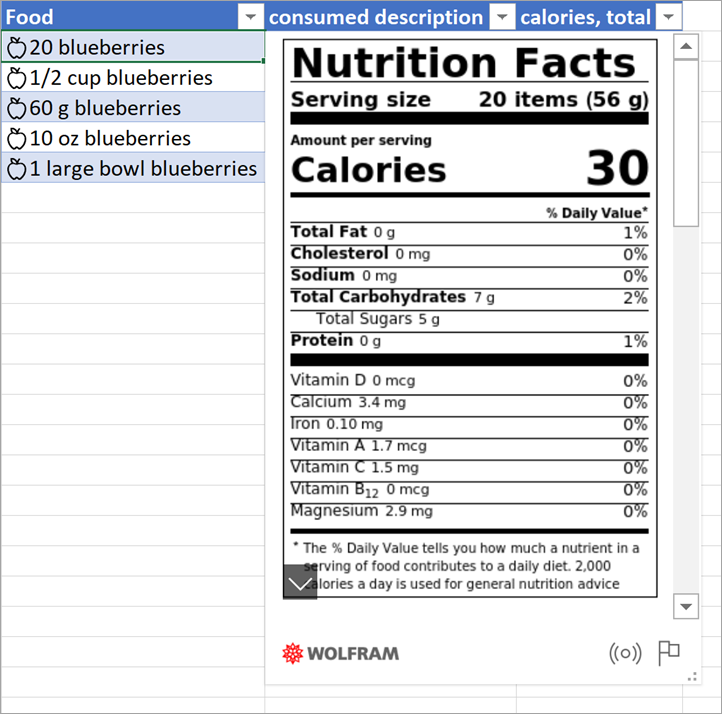


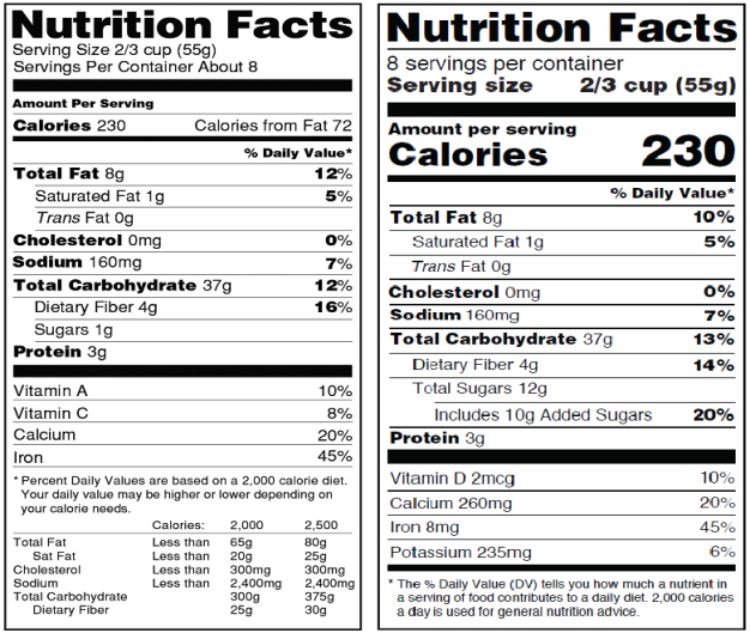



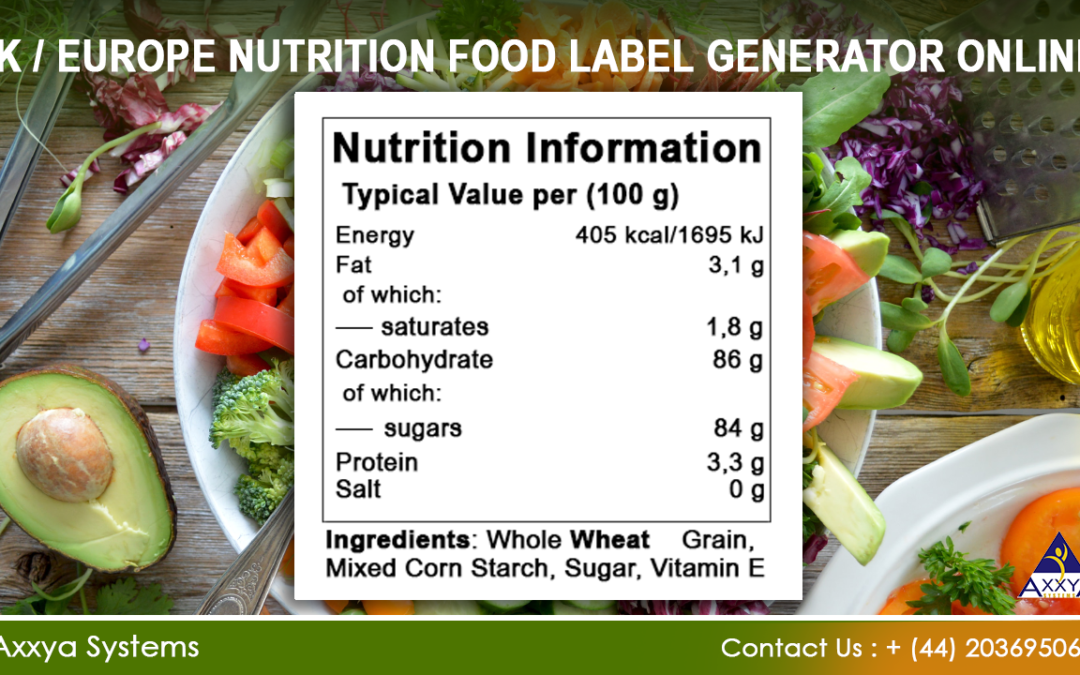








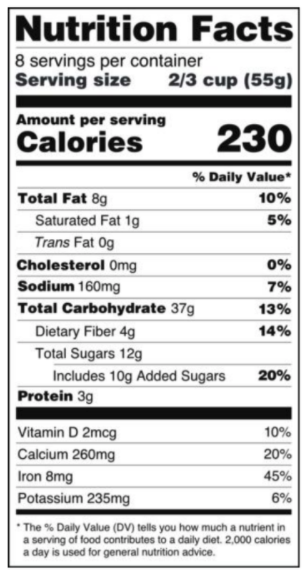






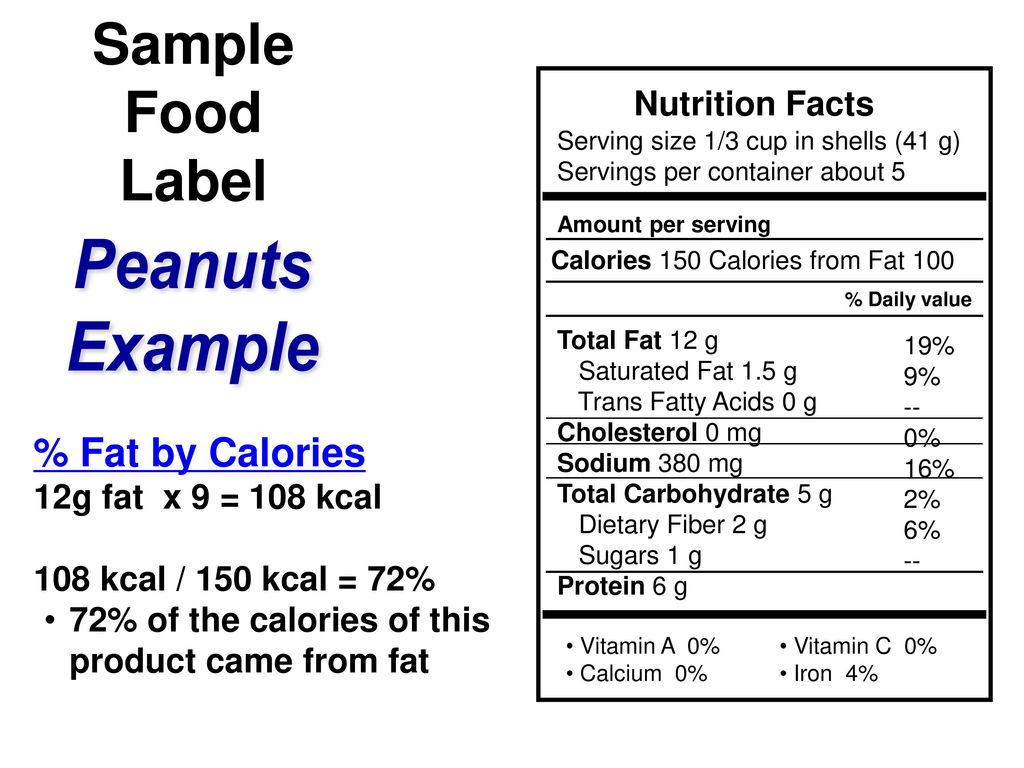


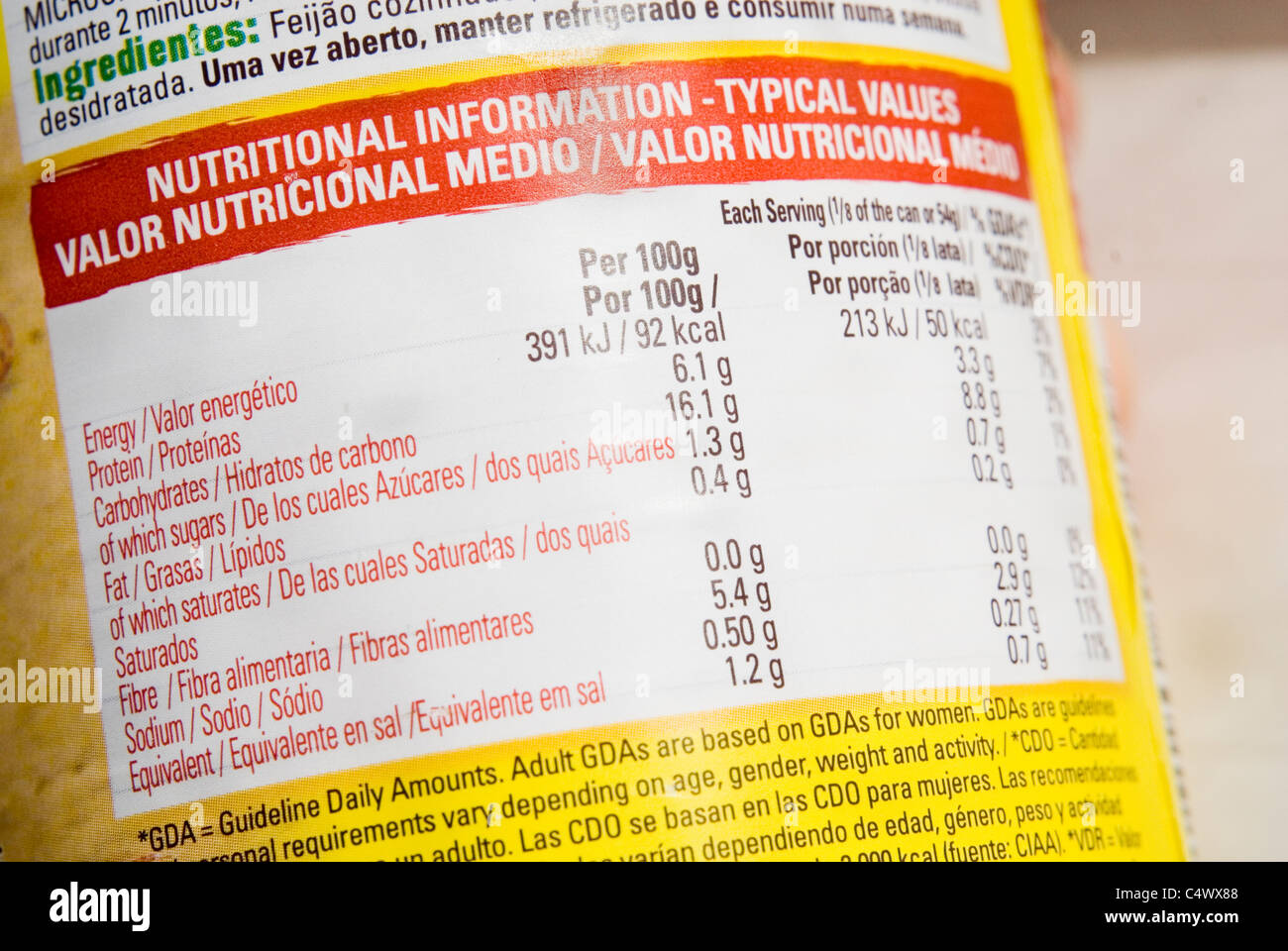





Post a Comment for "44 kcal on food labels"